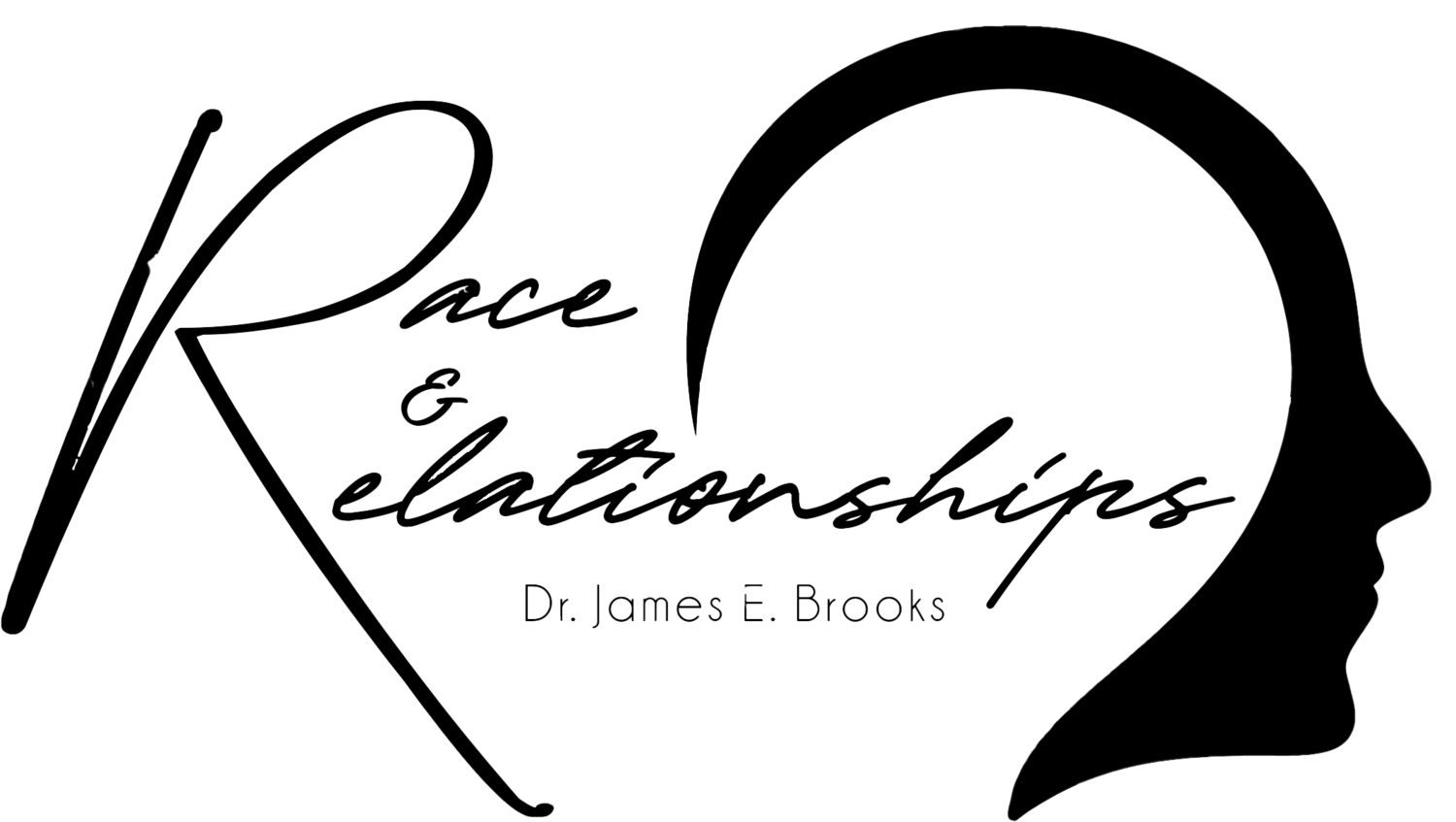Interracial Couples are Responding to Racism with Preventive and Corrective Facework
What is the issue?
There continues to be a rise in the number of interracial couples yet there is still resistance, opposition, and disapproval about these romantic relationships from mostly people in society and within their own families. However, there is limited research on how these couples communicate about racism and prejudice they may experience.
What is the purpose of this investigation?
Using thematic analysis Dr. Gina Castle Bell and Dr. Sally O. Hastings explored the ways in which Black and White interracial couples prepare themselves both proactively and reactively and respond to racism and/or prejudiced received due to relationship disapproval. Specifically, how do these couples respond to face threats, which is when positive (the want to be approved by others) or negative face needs (the freedom to make decision for yourself) are being challenged. A total of 19 Black-White couples were interviewed, each partner was interviewed separately to provide them a space to speak without the fear of offending their partner. Each couple had been in a romantic relationship for at least six months, lived in the United States, and was in a heterosexual relationship.
What were the results?
Two main themes occurred within the study, preventive facework and corrective facework. Preventive facework involved educating their partner, educating others like their family members and friends, and recognizing the parallel between race and place. In terms of educating their partner, it was found that the Black partner in the relationship did the heaving lifting due to the common understanding of White culture and limited understanding of Black culture. Additionally, each partner in the romantic relationship did not believe that there was anything wrong with their interracial relationship and by educating their friends and families about their relationship and culture they believed they were helping to mend the racial divide that exists in the world. Regarding the parallel of race and place the couples discussed and understood that their experiences of racism and prejudice would differ depending on the location they were in the United States. Lastly, for corrective framework, couples mentioned the following five different strategies to handle positive face threats: respond to it, ignore it, get used to it, rationalize it, and reframe it.
What are the implications?
Findings suggest that despite the increase in Black-White interracial romantic relationships these couples are still having to prepare for, confront, rationalize, and get used to racism. However, through this investigation it is evident that interracial couples have developed better rationalizing and reframing strategies to enhance both their positive and negative face needs. Additionally, Black-White couples have now turned away from dwelling on the racism and prejudice they may receive and have turned towards educating their partners, families, and friends as a way to prevent and eliminate further racial conflict.
Bell, G. C., & Hastings, S. O. (2011). Black and white interracial couples: Managing relational disapproval through facework. Howard Journal of Communications, 22(3), 240–259. https://doi.org/10.1080/10646175.2011.590405
